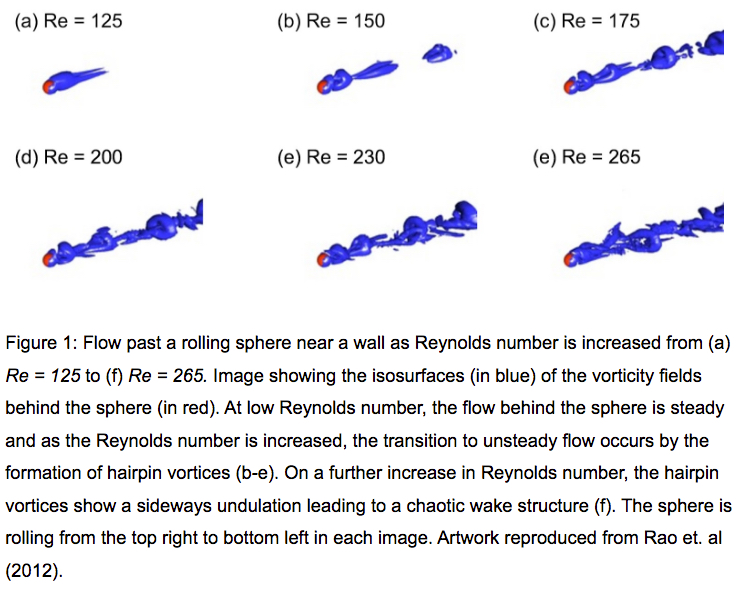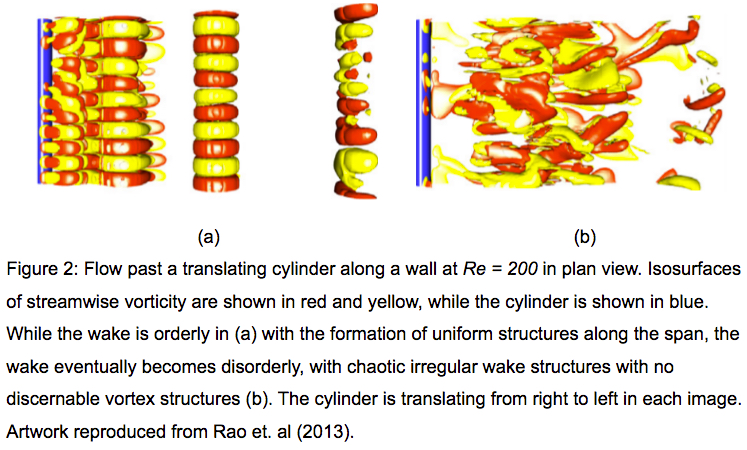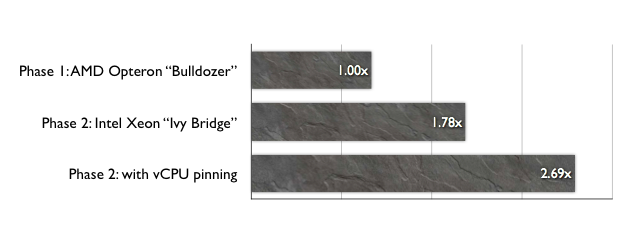Six Monash University students have taken 2nd prize in the SuperComputing 2021 Indy Student Cluster Competition (IndySCC).
The IndySCC is a 48 hour contest where students run a range of benchmarking software (this year – HPL and HPCG), well established scientific applications (Gromacs, John The Ripper) and a mystery program (Devito), whilst also keeping power consumption to under 1.1KW. That’s right – even the most advanced digital research infrastructure has meaningful Net Zero aspirations!
The six students – the Student Cluster Team – are part of an undergraduate team called Deep Neuron. Deep Neuron itself is part of a larger group of Engineering Teams that offer a range of extra-curricular activities. DeepNeuron is focused on improving the world through the combination of Artificial Intelligence (AI) and High-Performance Computing (HPC).
“The experience of participating in such a well known competition and the opportunity to collaborate with different students and experts allowed us to learn valuable skills outside of our classroom. We feel privileged and would like to thank all the support from DeepNeuron, supervisors and the faculty”
Yusuke Miyashita, HPC Lead, Deep Neuron
This achievement is even more impressive given that the students have never physically met each other due to covid restrictions. Earlier this year, the students also entered the Asia Supercomputing Community 2021 virtual Student Cluster Competition (ASC21 SCC), where they won the Application Innovation Award (shared with Tsinghua University) for the fastest time for the Mystery Application. That team was led by Emily Trau, who also works as a casual at MeRC.
“Despite the COVID lockdown, the students from Monash University’s Deep Neuron have hit well above their weight, winning significant prizes in two prestigious International Student Cluster Competitions. Well done to all involved”
Simon Michnowicz, Monash HPC team
All teams in the competition were tasked with configuring a resource made available to them on the Chameleon Cloud for each benchmark. Chameleon is similar to the Nectar Research Cloud, in that it provides Infrastructure as a Service to researchers. However Chameleon focus is experiments in edge, cloud and HPC (experiments on the infrastructure itself). The Research Cloud focus is being a resource for, and the instigator of collaboration for all research disciplines. Where Chameleon and the Research Cloud and Monash are particularly similar is being the test bed for new hardware and software technologies pertinent to digital research infrastructure. For example, MASSIVE and Monash’s own MonARCH HPC are built on the Research Cloud.
“It is formally the end of the competition. What a journey! You all did an excellent job and we are impressed by how smart, hard-working and dedicated all the teams were. You all deserve a round of applause”
IndySCC21 Chairs Aroua Gharbi and Darshan Sarojini
JohntheRipper cracking passwords
GROMACS simulation of a model membrane


